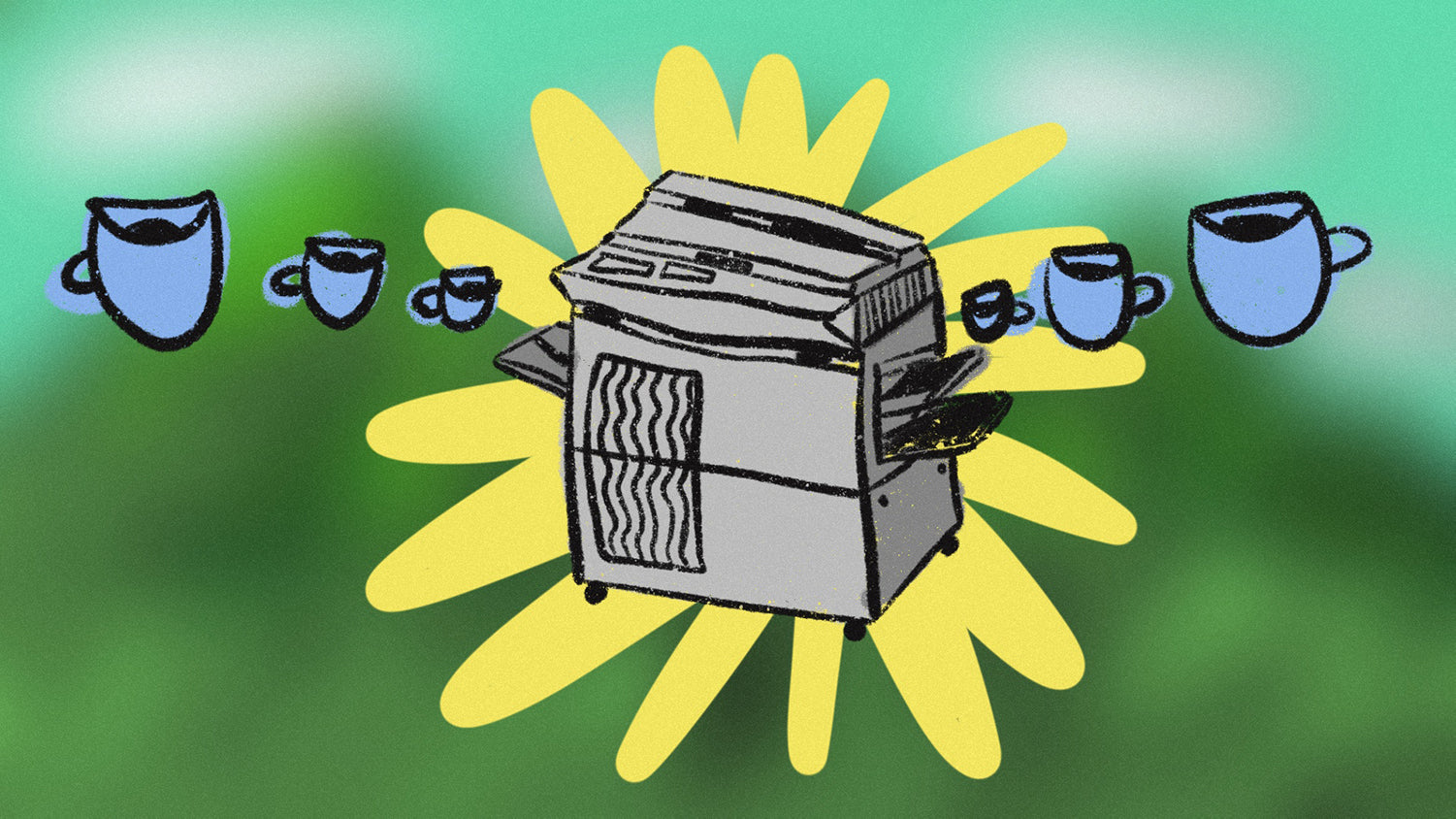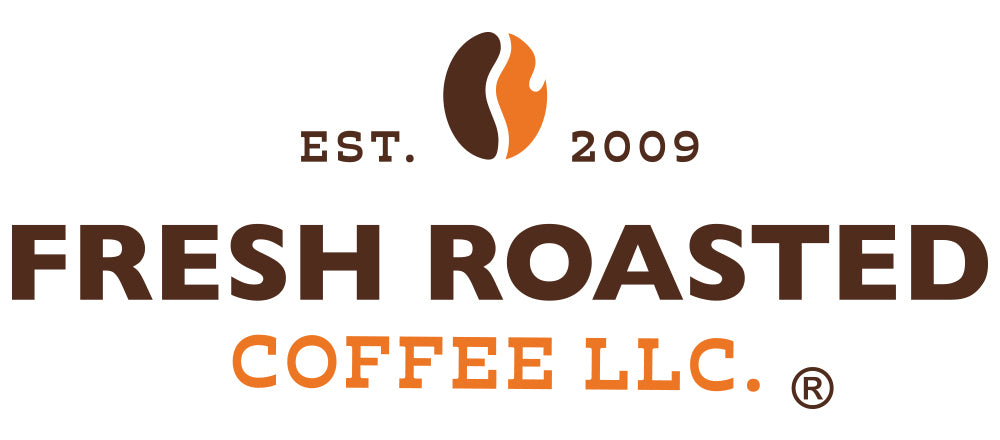Roasting Blends, Coffee Printers, and the Pros of High-Altitude Coffee

-
Breaking down how to roast coffee blends
By Ashe Samuels for newGround“Blends weren't avoided for so long for no reason. They can be challenging to work with and can lack the clarity of flavour found in single origin coffee. So has the specialty coffee community reverted backwards, or has the way we roast blends developed? A roaster must first choose blend components - typically including a base note, a mid-palate note, and a high note. Following that, they need to establish a ratio that will create a balanced profile. However, certain factors can make this hard to achieve. For example, blending two or more coffees that have different bean sizes or densities could result in uneven roasting - with at least one component either under or over-roasted.”
continue reading -
Why are digital coffee printers becoming more popular?
By Zoe Stanley-Foreman for Perfect Daily Grind“It's fair to say that most customers expect baristas to pour latte art for their milk-based coffee drinks - and rightly so. Not only do crisp, high-contrast latte art designs add to a beverage's aesthetic appeal, they also showcase the barista's skills and passion for specialty coffee. In line with this, latte art will always serve an important role in coffee shops. However, in recent years, the industry's growing reliance on automation and push for innovation have led to the development of more unique beverage technology. This includes digital printers - also known as latte art printers.”
continue reading -
How to measure the carbon footprint of coffee production
By Jordan Montgomery for Coffee Intelligence“The coffee industry has an opportunity to lead by example. The Paris Climate Agreement set a target to reduce greenhouse gas emissions and prevent global temperatures from rising by more than 1.5 degrees. However, global temperatures continue to climb - the need for sustainable action is more urgent than ever. As well as being a contributor to climate change, the coffee industry is also one of the most vulnerable to its effects. Some believe the environmental vulnerability of the coffee sector provides the greatest incentive to undertake carbon reduction projects.”
continue reading -
Why does high-altitude coffee taste different?
By Matt Haw for newGround“The longer the coffee takes to develop, the more complex sugars it produces. This extended maturation process results in sweet profiles with greater flavour clarity. This is also why high-altitude coffees have higher bean density. […] Additionally, higher elevations typically offer better drainage for crops than lower areas of the watershed. This means that less water is retained within the beans, leading to a higher concentration of sugars within the fruit.”
continue reading

Leave a comment